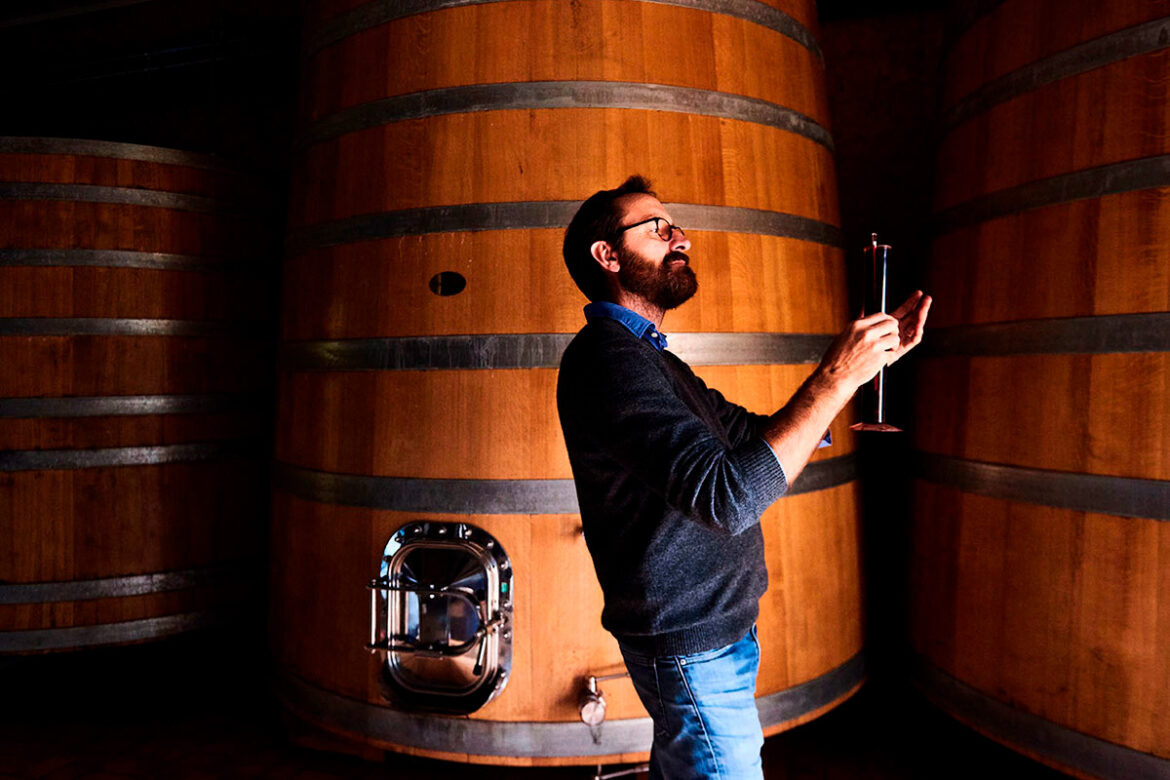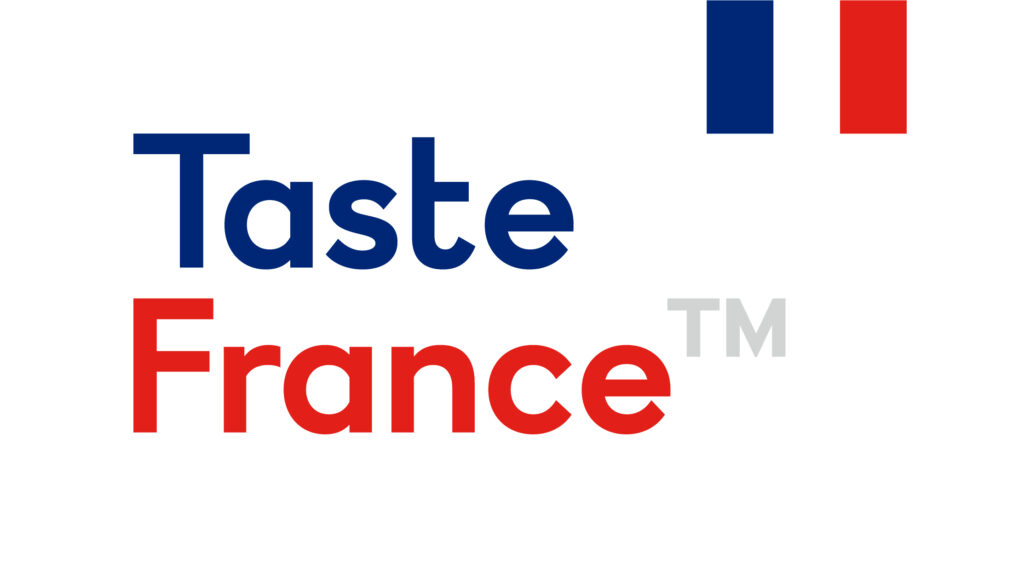A Culinary Journey Through France
Explore the Trends, Stories, and Flavors of French Cuisine
As a love letter to France, Edible Manhattan writers set out to explore French culinary culture in partnership with Taste France. An initiative of the French Ministry of Agriculture, Taste France celebrates the rich landscape of French food and beverages. It is their mission to bring to the world the essence of French gastronomy—the tradition and know-how; the exceptional regional diversity; the freshness, sustainability, and responsible growing methods championed in France that bring to French products their unmistakable excellence. Taste France invites France to your table every day.
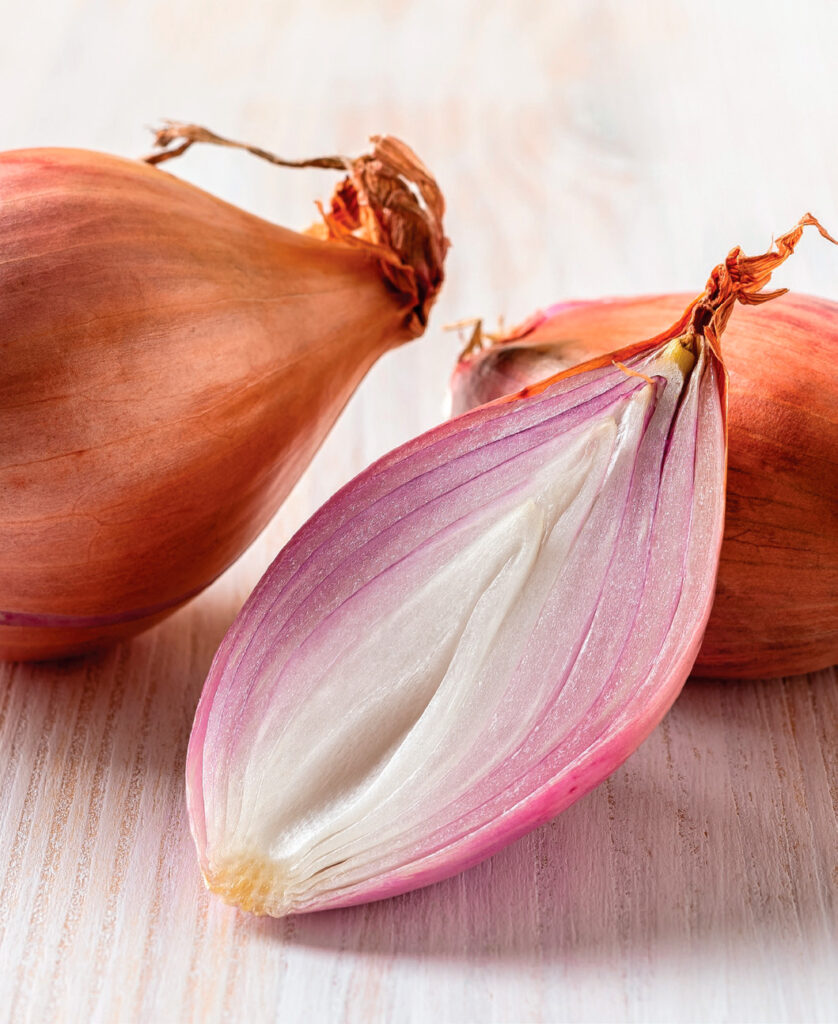
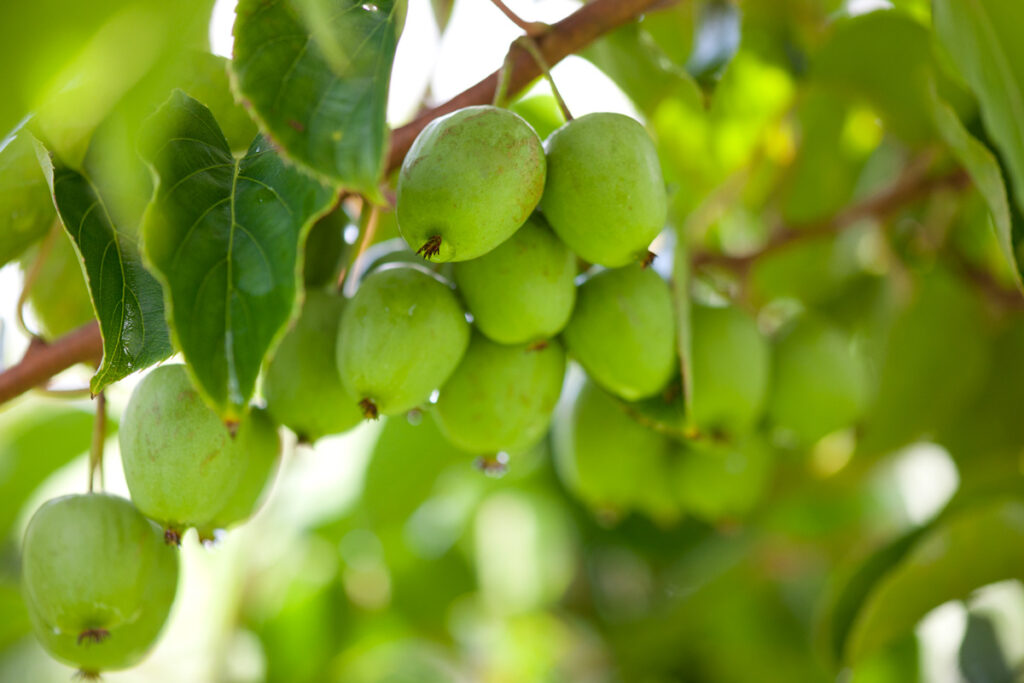
Taste France: A Gourmet Journey for the Senses
From a morning gathering fresh ingredients at the local market to that last sip of an after-dinner digestif, French dining is a rich and gratifying experience that speaks of French culture and its legendary art de vivre.
To experience French gastronomy is to experience all the wondrous diversity of France. It’s no wonder the French meal was enshrined as a UNESCO Intangible Cultural Heritage, as food is central to daily life. Every region of France offers a wide array of specialties that reflect the country’s many climates and microclimates, traditions and terroirs—the unique soil composition that defines the localized flavors of everything from fruits and vegetables to wine. Discovering French cuisine is an invitation to travel, to taste, to discover and, most of all, to enjoy.
HAUTS-DE-FRANCE
As its name suggests, Hauts-de-France sits at the top of the French hexagon, bordering Belgium to the north, the North Sea to the west and the northernmost tip of Champagne to the south. This is France’s number one fishing region and one in 10 bottles of Champagne is produced here.
Regional cuisine reflects all of these northern lands in hearty dishes like Moules Frites (mussels and crispy French fries), an iconic Belgian dish accompanied by a craft beer or fruit-forward lambic. Bustling Lille, the capital of the Hauts-de-France and a vibrant foodie town, was awarded the 2023 European Region of Gastronomy.
WHAT WE LOVE: At Méert tearoom, founded in Lille in 1761, the ethereal, wafer-thin gauffre (waffle), filled with delicate vanilla-flecked cream, is made on the original 250-year-old presses.
NORMANDY
With 350 miles of coastline and a lush green countryside perfect for orchards and grazing cattle, Normandy offers myriad culinary delights from land and sea. France’s—and the world’s—foremost apple exporter, Normandy boasts 800 apple varieties. Scintillating ciders and Calvados eau de vie hail from the Norman apple harvest, and delicate sparkling Poiré from its tiny heritage pears. As the dairy of France, Normandy’s impressive cheese board includes some of the country’s most beloved cow-milk cheeses: Camembert, Neufchâtel, Pont-l’Evêque, and Livarot. Normandy is also France’s number one producer of shellfish.
DID YOU KNOW? In springtime, top French chefs delight in serving the delicate pré-salé lamb fed (and tenderized) on the saline grasses of the salt marches surrounding the Mont St-Michel.
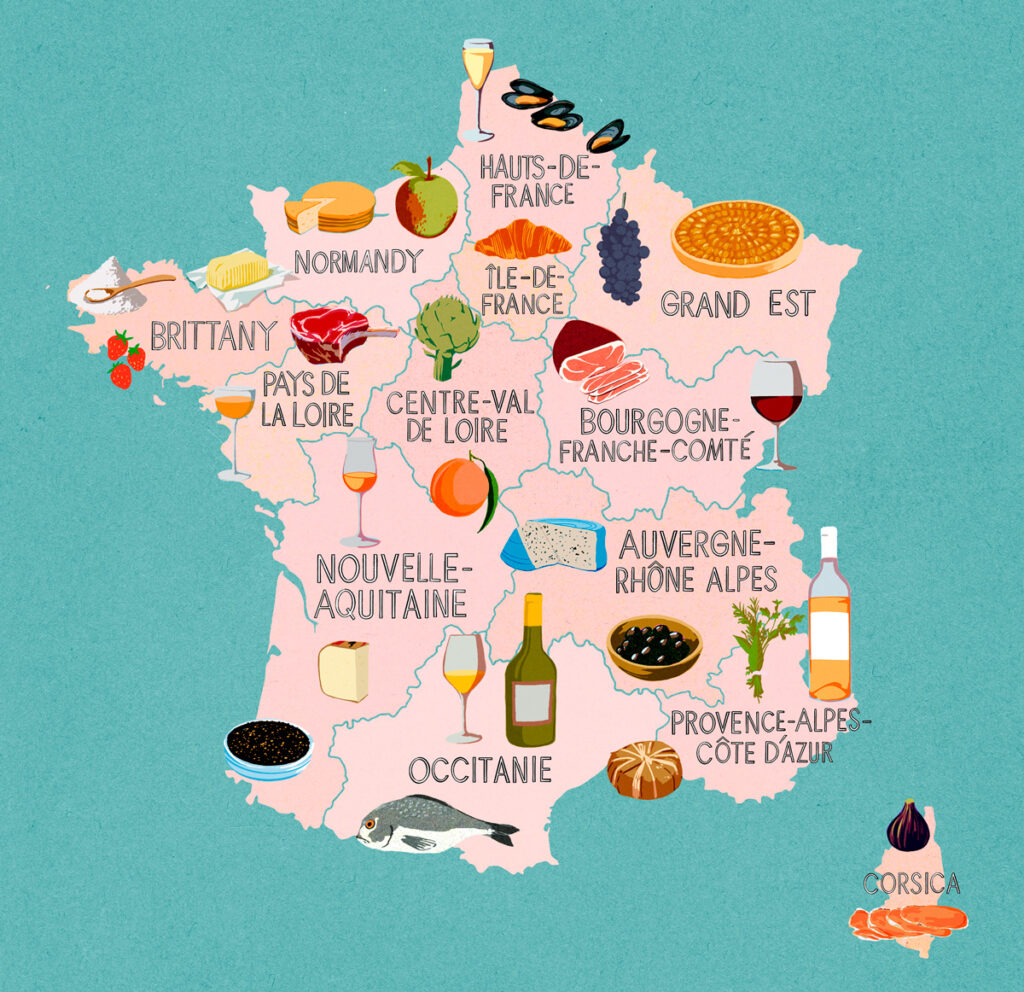
ÎLE-DE-FRANCE
The French seat of power and the country’s most populous region, the Île-de-France is a dazzling collage of picturesque villages and chateaux, deep forests, rolling wheat fields and urban bustle. It’s also France’s gastronomic powerhouse, with Paris at its epicenter. There’s nothing you can’t find in France’s leading foodie city, and Parisian chefs take full advantage of the local bounty.
Paris is particularly known for its baguettes, viennoiseries (croissants and breakfast pastries) and exquisite pâtisseries, which trace their origins to the royal kitchens. Other specialties include the Croque-Monsieur, Vol-au-Vent—an airy puff pastry with a savory filling—and of course the deliciously creamy Bries de Meaux and Melun.
WHAT WE LOVE: Paris has its own culinary specialties artisanally produced in the heart of the city. The pink, succulent Prince de Paris ham has been made by hand in the capital using the traditional methods since the 1700s.
GRAND EST
This cooler region of France’s northeast is crowned by one of the country’s most celebrated—and celebratory—wines: Champagne. The rolling, vine-clad hills are dotted with Champagne houses and cellars—all listed as a UNESCO Unique Cultural Landscape—many open to the public to demonstrate the exacting process that transforms black Pinot Noir and Pinot Meunier and white Chardonnay grapes into this sparkling nectar.
Farther east, Alsace-Lorraine boasts an exceptional wine and food culture, where charming half-timbered villages abound with regional wines and food specialties, such as Tarte Flambée, Quiche Lorraine, and the heavenly Tarte aux Mirabelles, made from the tiny golden plums that flourish here.
DID YOU KNOW? During WWI, an estimated quarter of the population of Reims, the capital of Champagne, survived years of shelling by hiding in the deep chalk cellars of the major Champagne houses. Their subterranean village had cafés and even a post office.
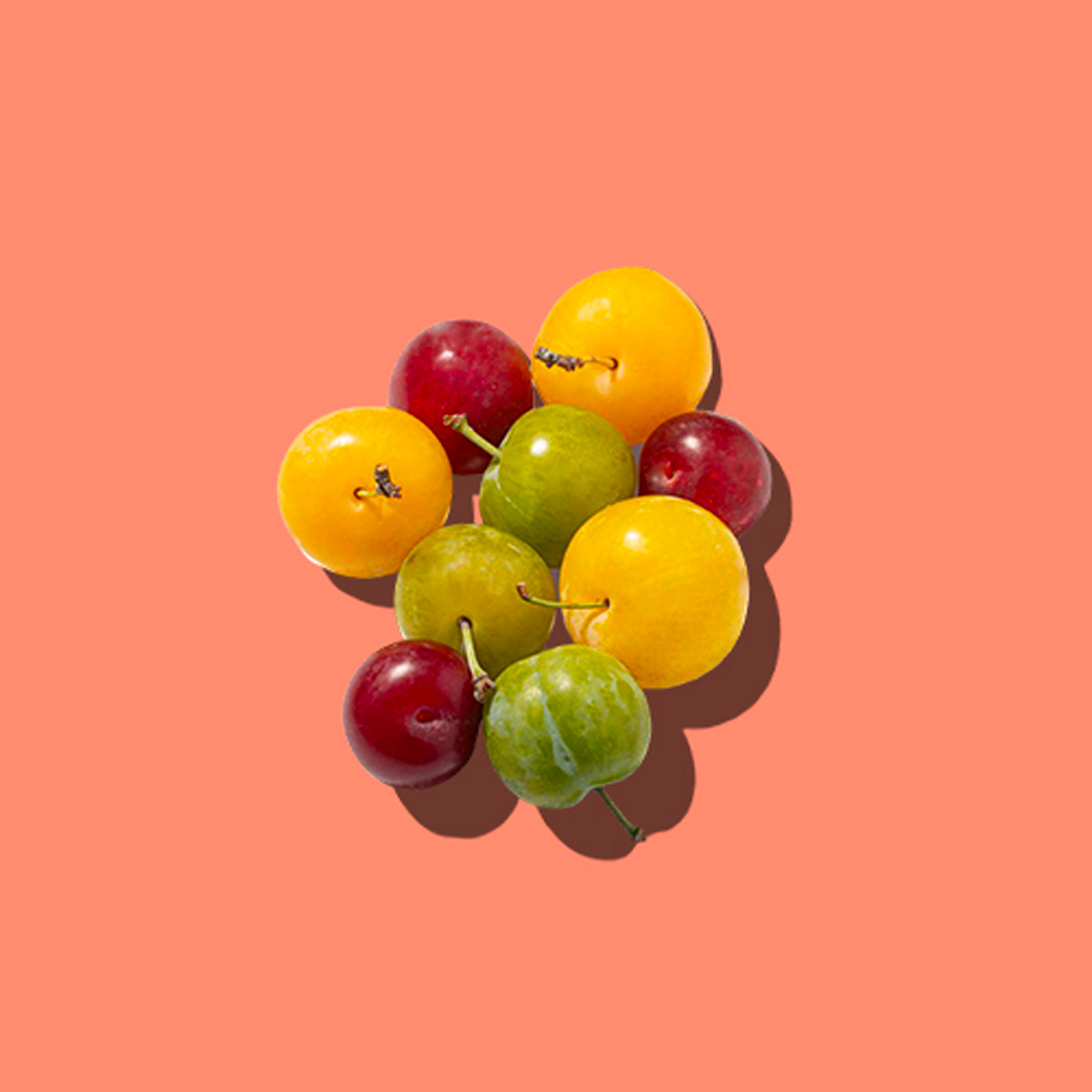
BRITTANY
The green market of France, Brittany’s lush and fertile terrain provides a hefty percentage of the country’s fresh meat, vegetables, and milk. Surrounded by water on three sides, this vast peninsula is also the country’s number one fishery, and the mineral-rich Fleur de Sel de Guérande is harvested by hand on Brittany’s salt flats. Diners enjoy a cornucopia of gastronomic delights: briny Cancale oysters, sweet or savory crêpes accompanied by frosty mugs of cider, and the buttery caramelized Kouign Amann cake for dessert. In springtime, delicate Plougastel strawberries are prized by Parisian pastry chefs and Brittany’s unsurpassed butter is served in France’s most prestigious restaurants.
DID YOU KNOW? Mixing two Brittany stalwarts—rich cream butter and sea salt—Breton pâtissier-chocolatier Henri Le Roux created the universally beloved flavor salted-butter caramel in the 1970s.
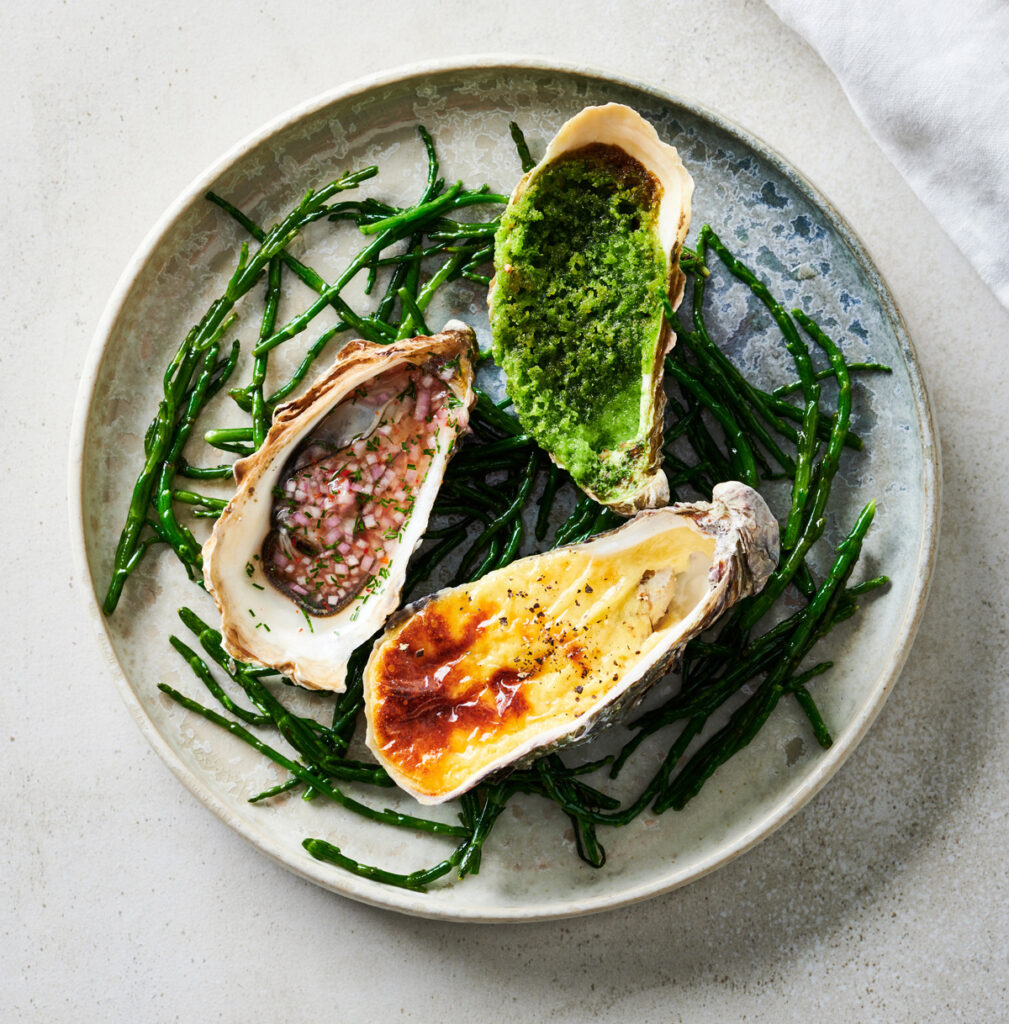
PAYS DE LA LOIRE
Encompassing five territories bordered by Brittany, Normandy and the Centre-Val de Loire, the Pays de la Loire is a culinary powerhouse, providing 60 percent of France’s beef and France’s second-biggest fish catch. Among the Pays de la Loire’s 40 wine appellations aficionados seek out elegant Savennières, versatile Chinon, vivacious sparkling Crémant de Loire, and the crisp, minerally Muscadet wines that pair perfectly with oysters from the region’s coastal waters. This is also the home of the iconic orange-flavored liqueur Cointreau, a favorite of master mixologists.
WHAT WE LOVE: We’ve all enjoyed Cointreau but few have tried Guignolet, a delicious ruby-red liqueur made from wild Anjou cherries, which can be tasted at Combier in Saumur, the Loire’s oldest distillery.
CENTRE-VAL DE LOIRE
This land of châteaux and wine is also known as “the Garden of France,” its fertile fields and pristine rivers yielding countless delights in every season: Sologne white and Chambord green asparagus in spring; artichokes and Chinon peaches in summer; and pears, pumpkins, and apples in fall, all deliciously highlighted in the local gastronomy. The famous Tarte Tatin originated in a tiny town in the Centre-Val de Loire and 60 percent of France’s goat cheeses are produced here, such as the sweet and nutty Crottin de Chavignol, Selles-sur-Cher, and Valencay. Most of all, this region is known for its stellar wines: captivating Sancerres, citrusy Vouvrays, and flinty Pouilly-Fumés to name just a few.
DID YOU KNOW? The last wild river in Europe and the longest (and cleanest) in France, the Loire is part of the UNESCO World Heritage of Humanity. The wild trout caught here are prized by connoisseurs.
BOURGOGNE-FRANCHE-COMTÉ
Travel France’s oldest wine trail to discover some of the world’s most sought-after whites and drinkable reds, crowned by Bourgogne’s magnificent grand cru Chardonnays: Chassagne-Montrachet, Pommard, Meursault, Chablis, and so many others. We can also thank this region for some of our favorite cow-milk cheeses—Comté, Morbier, Vacherin, and Mont d’Or—perfect for wine pairings. Local Jambon de Luxeuil ham and the famous Poulet de Bresse can be found on the finest menus countrywide. Let’s not forget Dijon’s eponymous mustard, a favorite worldwide, and Crème de Cassis, an essential ingredient for a refreshing Kir apéro.
DID YOU KNOW? Astronaut Neil Armstrong laid a label from a bottle of Bourgogne’s own Nuits-Saint-Georges on the moon during the Apollo 11 mission in a tribute to Jules Verne’s Around the Moon, whose protagonists celebrated their arrival on the moon with that celebrated appellation.
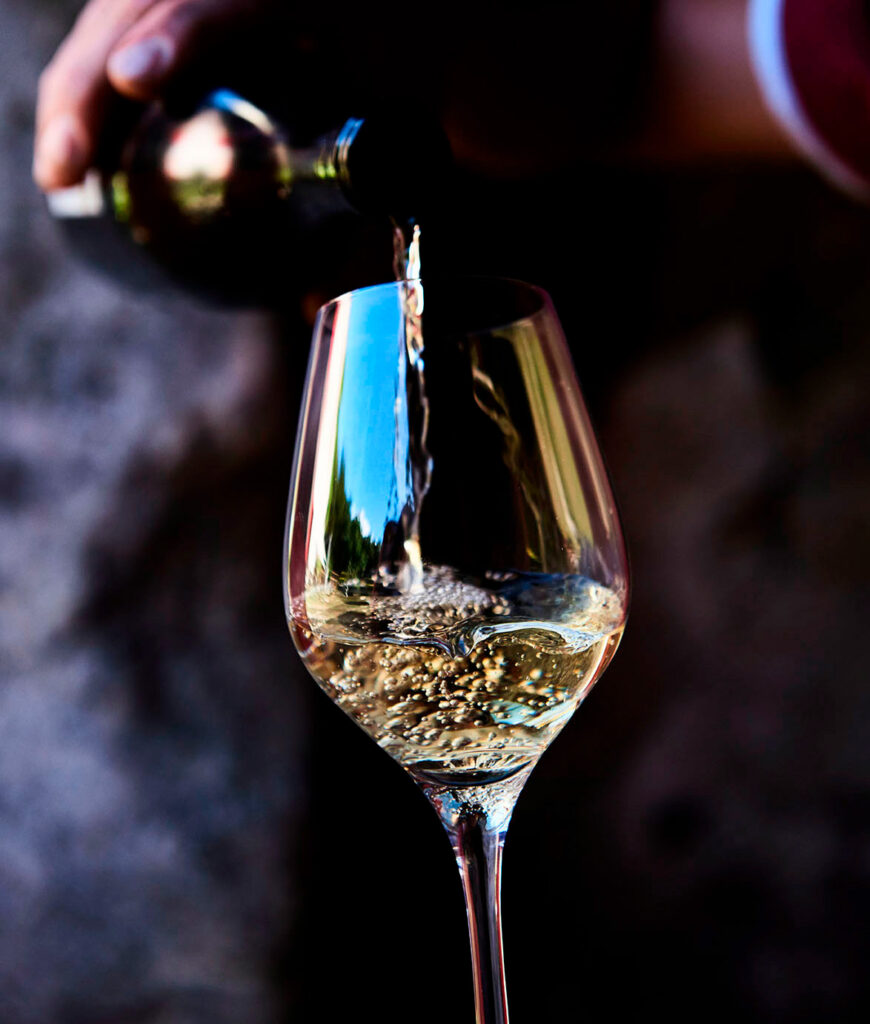
NOUVELLE-AQUITAINE
France’s leading wine-growing region, the Nouvelle-Aquitaine is an epicure’s dream. Along with its world-renowned wine appellations—Margaux, Pauillac, Saint-Estèphe, Saint-Émillion, and many others—it possesses all the delicacies to accompany its elegant Bordeaux wines: Limousin beef and veal, Perigord duck fois gras and confit, and the superb Cabécou, Ossau-Iraty, and Rocamadour cheeses. Nouvelle-Aquitaine’s clean, cold, and fast-flowing rivers are perfect for farming the caviar sturgeon, and Caviar d’Aquitaine is particularly prized for its delicate, buttery flavors. This grand and elegant feast is crowned with a snifter of the golden elixir Cognac, another international superstar.
DID YOU KNOW? France is the world’s third-largest caviar producer, behind China and Italy, and Aquitaine is the epicenter of French caviar production.
AUVERGNE-RHÔNE ALPES
The distinct cuisines of this wildly diverse region reflect its many landscapes and microclimates, including the Alps’ cold-busting fondues and tartiflettes, the Auvergne’s truffades and lentil-based stews, and the sunny Mediterranean influences of the Drôme Provençal, including the divine Nyons olive. At the center lies Lyon, France’s second gastronomic capital, birthplace of Nouvelle Cuisine and home of the bouchon, a traditional meat-centric worker’s bistro. The region is also known for its powerhouse cheeses: Reblochon, Roquefort, Bleu d’Auvergne, and Fourme d’Ambert. Not to mention the Northern Rhône Valley’s prized vintages, among them Saint-Joseph, Côte Rôtie, Condrieu, and Crozes-Hermitage.
WHAT WE LOVE: The Lyon Street Food Festival is a lively four-day affair when Lyon’s top chefs roll up their sleeves and get creative for the hungry, appreciative crowds. Along with the feast, there’s live music, workshops, tastings, and celebrated chefs from around the world.
OCCITANIE
Market day in this richly endowed region reflects a robust and long-standing gastronomic tradition, ranging from oysters, fresh-caught fish, and Camargue rice from its Mediterranean coastline to local truffles, Languedoc olives, and taureau bull meat from Nîmes in a vegetable-laden stew. The famous Magret de Canard, a tender filet of duck breast, originated here, along with the hearty cassoulet, dating back to the Middle Ages. Occitanie’s wine tradition is even older, originating with the Greeks and Romans. Nowadays, Occitanie is France’s number one winemaking region and leads every other French territory in organic vineyards.
DID YOU KNOW? Want to party like it’s BCE 20? Mas des Tourelles in Beaucaire creates three wines using the same plants, grape varietals, and vinifi cation methods used by the Gallo-Romans to replicate their wines.
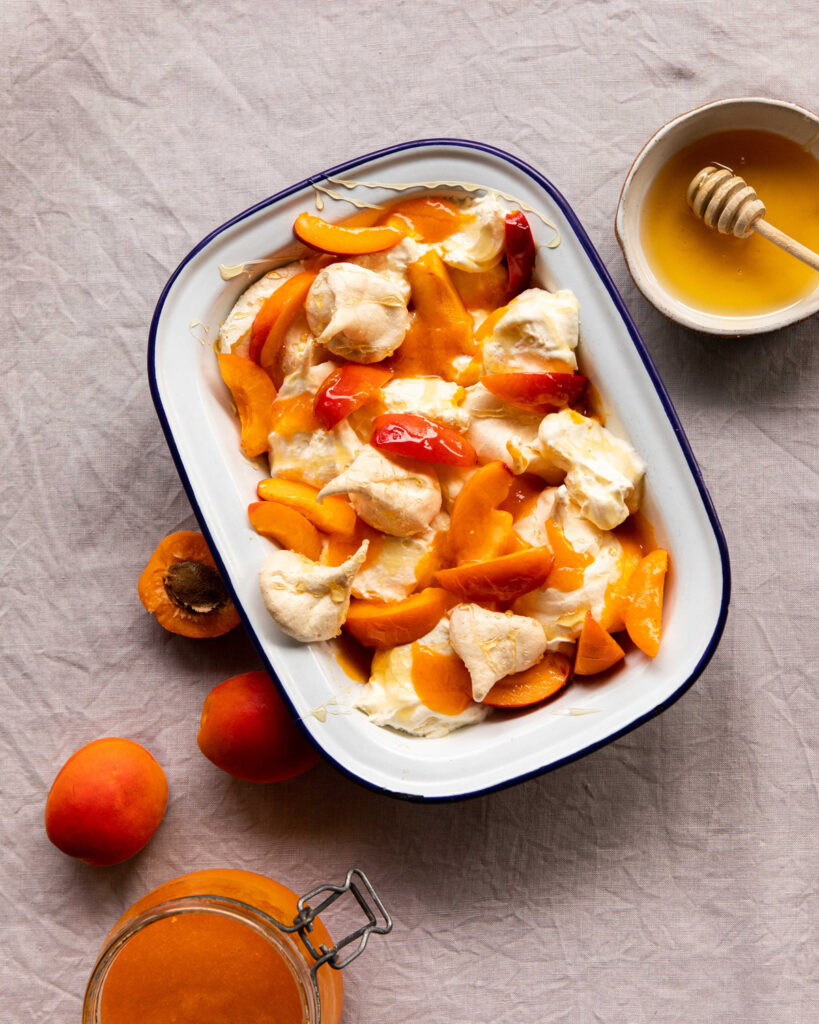
PROVENCE-ALPES-CÔTE D’AZUR
The living is easy in the south of France, where arid, herb-flecked garrigue gives way to neat rows of olive, cherry and almond trees, vineyards stretch as far as the eye can see, and sun-kissed bounty goes straight from the garden to your plate. Once considered peasant food for its fresh simplicity, in the hands of Provençal chefs this Mediterranean-influenced cuisine reaches sophisticated heights, using local ingredients like truffles and spicy olive oil from the Vaucluse, Carpentras strawberries and melons, fresh goat cheese from Banon, accompanied by a versatile Bandol rosé and the sublime reds and whites of Châteauneuf du Pape and Gigondas.
WHAT WE LOVE: Made from the local Mediterranean almonds and candied melon from Apt, the delicate Calisson d’Aix, shaped like an almond and frosted with a thin veil of royal icing, was created in the 15th century for the wedding of King Roy René.
CORSICA
Set in the Mediterranean Sea between Italy and France, the cuisine of this majestic mountainous landscape is influenced by both countries, but retains a character all its own. Mediterranean seafood figures on the menu, as does trout from cold mountain streams, but pork is the star. Fattened on chestnuts, olives, and figs from the island’s bountiful forests, the flavorful wild boar is transformed into delicious slow-cooked casseroles and traditional charcuterie. Mountain goats and sheep provide robust cheeses and Corsican wines have gained traction in the last decades, appearing on top wine lists in mainland France and beyond.
WHAT WE LOVE: This enchanted island’s abundant flora imparts rich aromas of chestnuts springtime wildflowers that carpet the arid maquis, the dense wild scrub that covers much of the island. Honey tasting is a must when visiting!
NEXT | Taste France: Meet the Makers
In partnership with


